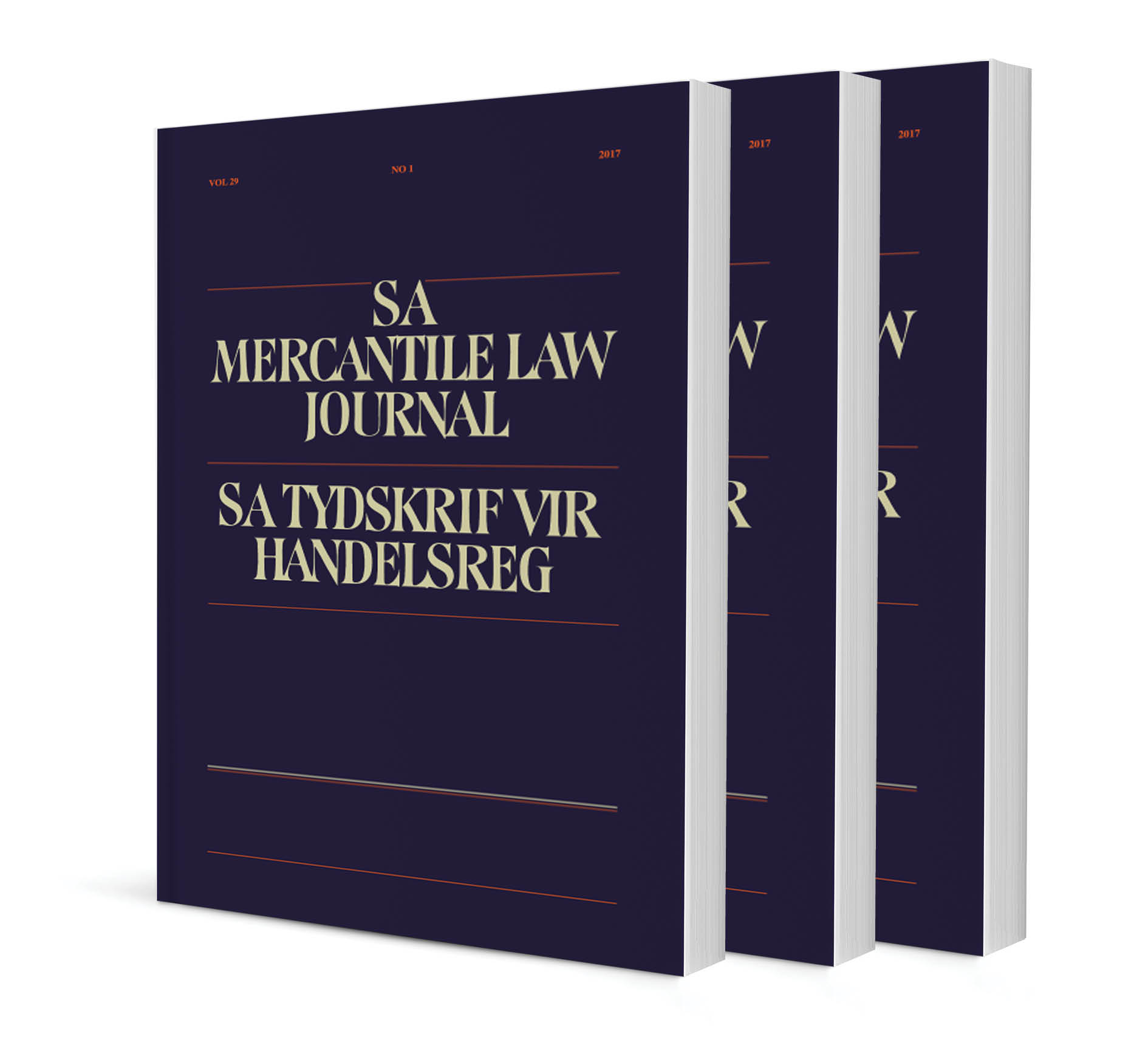The unfortunate dearth of judicial precedent in transfer pricing continues

The unfortunate dearth of judicial precedent in transfer pricing continues
Author: Thabo Legwaila
ISSN: 1996-2185
Affiliations: Professor, School of Law, University of the Witwatersrand
Source: South African Mercantile Law Journal, Volume 35 Issue 1, 2023, p. 74 – 93
https://doi.org/10.47348/SAMLJ/v35/i1a4
Abstract
Despite what could be hailed as the first two transfer pricing cases in South Africa, the unfortunate dearth of judicial precedent in South Africa regrettably continues. Transfer pricing is one of the most complex areas of tax alongside provisions dealing with controlled foreign companies, foreign exchange gains and losses, currency conversions, financial instruments, and corporate reorganisations. In fact, as the list goes on, it is just more apposite to say ‘tax is complex’, period. With regard to transfer pricing in particular, the complexity is amplified by the fact that transfer pricing is not even tax per se. It is an economic allocation of contribution through the value chain. It is through transfer pricing that each contributor in the value chain gets an adequate return for their contribution in the value chain. Once that allocation is complete, the tax provisions are applied to the returns of each contributor according to the tax laws of the countries in which they are taxable. A transfer price is a price set by a taxpayer when selling to, buying from or sharing resources with a related person. A transfer price is contrasted with a market price, which is the price set in the marketplace for the transfer of goods and services between unrelated persons where each party strives to get the utmost possible benefit from the transaction (see Arnold & McIntyre, International Tax Primer (Kluwer Law International 2002) 55; Danzinger, International Income Tax (Butterworths 1991) 303–307). Transfer prices are not negotiated in a free open market and as such have the propensity to deviate from prices agreed upon by non-related trading partners in comparable transactions under the same circumstances (Oguttu, International Tax Law: Offshore Tax Avoidance in South Africa (Juta 2015) 213). Unless prevented from doing so, related persons engaged in cross-border transactions can avoid the income taxes of a country through a manipulation of prices, mainly by shifting profits to low tax countries and expenses to high tax countries. To combat this, tax authorities across the globe have the power to adjust, in appropriate cases, the transfer prices set by related persons (Arnold & McIntyre, (Kluwer 2002) 55. In what can be welcomed as the first transfer pricing case in the South African courts, the South Johannesburg High Court had an opportunity to decide on the applicability of s 31(7) of the Income Tax Act 58 of 1962 (‘the Act’; any reference to a section or subsection are to the Act, unless otherwise stated, or the context indicates otherwise) to a debt owed by a foreign company to a South African company. The applicable provision excludes debt instruments that contain core characteristics of debt instruments from the application of transfer pricing provisions. In the second case, the same court missed out on an opportunity to gauge the legitimacy of the revenue collector to use s 31(2) of the Act to adjust prices charged between a taxpayer and third parties that are not related to the taxpayer.